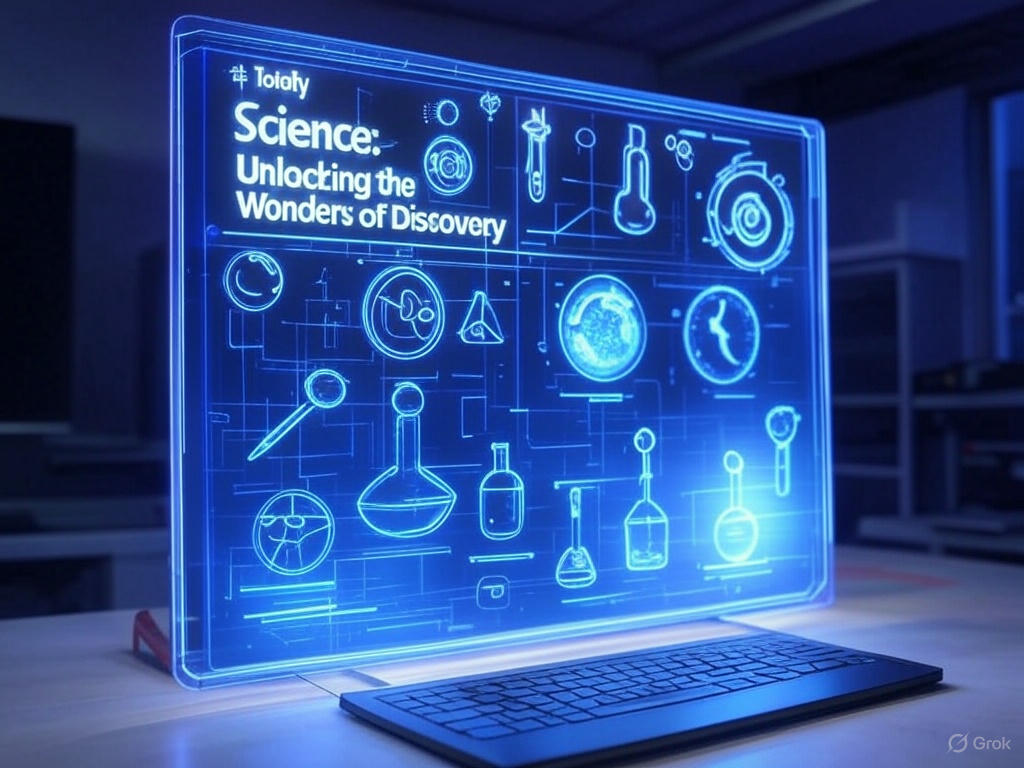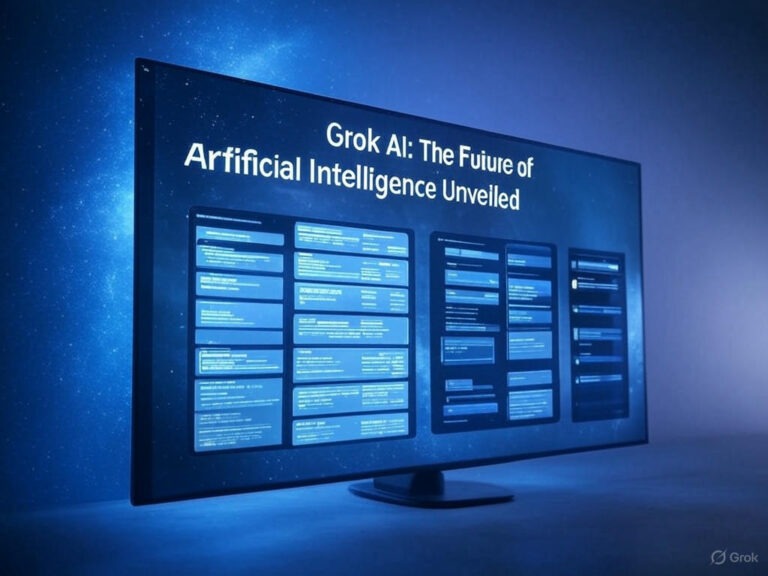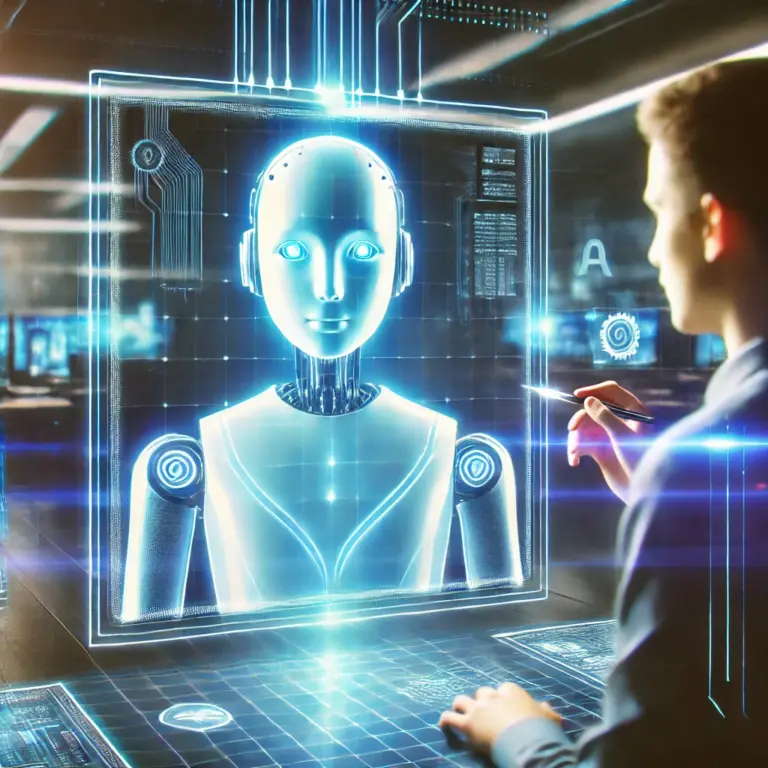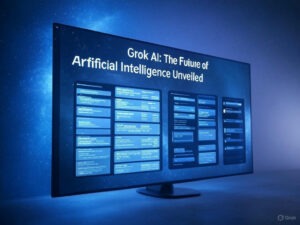Science is the heartbeat of human progress, a relentless pursuit of truth that has shaped our understanding of the world and beyond. From the tiniest particles to the vast expanse of the cosmos, the realm of “totally science” encompasses everything that drives curiosity and innovation. But what does “totally science” really mean? It’s more than just a catchy phrase—it’s a celebration of the complete, unfiltered essence of scientific exploration. In this article, we’ll dive into the wonders of totally science, exploring its history, key breakthroughs, modern applications, and why it continues to captivate us in 2025.
What Is Totally Science?
At its core, “totally science” represents the full scope of scientific inquiry—unrestricted, bold, and all-encompassing. It’s the idea that science isn’t just about one field or discovery; it’s a holistic endeavor that connects biology, physics, chemistry, astronomy, and more into a unified quest for knowledge. Whether you’re marveling at the structure of DNA or pondering the mysteries of black holes, totally science invites you to embrace the entirety of this intellectual adventure.
The phrase “totally science” also evokes a sense of excitement and accessibility. It’s science without barriers—available to students, researchers, and curious minds alike. In an era where information flows freely, totally science is about making complex ideas understandable and inspiring the next generation to ask big questions.
The Roots of Totally Science
The journey of totally science begins thousands of years ago, when early humans looked to the stars, counted their harvests, and sought patterns in nature. Ancient civilizations like those in Mesopotamia, Egypt, India, and China laid the groundwork for what we now call totally science. They developed mathematics, observed celestial movements, and crafted tools—small steps that sparked a global legacy.
Take the Indian mathematicians, for instance. Their invention of the decimal system and the concept of zero revolutionized computation, a cornerstone of totally science that we still rely on today. Meanwhile, Greek thinkers like Archimedes and Aristotle asked fundamental questions about motion and matter, blending philosophy with observation in a way that echoes the spirit of totally science.
Fast forward to the Renaissance, and totally science took a giant leap. Figures like Galileo Galilei and Isaac Newton transformed how we see the universe, using experiments and mathematics to uncover laws of nature. This era proved that totally science isn’t just about theorizing—it’s about testing, proving, and building on what came before.
Breakthroughs That Define Totally Science
Some moments in history capture the essence of totally science more than others. These breakthroughs didn’t just solve problems; they reshaped our worldview and opened new frontiers.
The Theory of Relativity
Albert Einstein’s theory of relativity, introduced in the early 20th century, is a shining example of totally science at work. By showing that time and space are intertwined—and bendable—Einstein rewrote the rules of physics. His famous equation, E=mc², revealed the incredible energy locked within matter, paving the way for nuclear power and deepening our cosmic understanding.
DNA and the Code of Life
In 1953, James Watson and Francis Crick unraveled the structure of DNA, a discovery that epitomizes totally science. This double-helix molecule holds the instructions for life itself, connecting biology to chemistry and genetics. Today, this breakthrough fuels advancements in medicine, agriculture, and even forensics, proving how totally science touches every corner of existence.
The Digital Revolution
The invention of the transistor in 1947 sparked the digital age, a triumph of totally science that blends physics, engineering, and mathematics. From computers to smartphones, this tiny device powers the technology we use daily. It’s a reminder that totally science isn’t just theoretical—it’s practical and transformative.
Totally Science in the Modern World
As of March 24, 2025, totally science is more vibrant than ever. With rapid advancements in artificial intelligence (AI), space exploration, and climate research, we’re witnessing a golden age of discovery. Let’s explore how totally science is shaping our present and future.
Artificial Intelligence and Machine Learning
AI is a poster child for totally science, merging computer science, mathematics, and neuroscience. Models like those developed by xAI (creators of Grok) are pushing boundaries, helping us analyze data, predict outcomes, and even explore the universe. Whether it’s improving healthcare diagnostics or optimizing energy use, AI shows how totally science solves real-world problems.
Space Exploration
The quest to understand our place in the cosmos is pure totally science. In recent years, missions like NASA’s Artemis program and SpaceX’s Starship have reignited our passion for space. Scientists are studying Mars’ soil, hunting for exoplanets, and probing black holes with tools like the James Webb Space Telescope. Each discovery brings us closer to answering age-old questions about life beyond Earth.
Climate Science and Sustainability
Totally science is also tackling humanity’s biggest challenge: climate change. Researchers are using advanced models to predict weather patterns, engineers are designing renewable energy systems, and biologists are studying ecosystems to protect biodiversity. This interdisciplinary effort shows how totally science unites fields for a common cause.
Why Totally Science Matters
So why should we care about totally science? The answer lies in its power to inspire and improve lives. Science isn’t just for labs or classrooms—it’s for everyone. Here’s why totally science remains essential:
It Fuels Curiosity
At its heart, totally science is about asking “why” and “how.” It encourages us to look at the stars, dig into the earth, and explore the unknown. This curiosity drives innovation, from the wheel to the internet, and keeps humanity moving forward.
It Solves Problems
From curing diseases to reducing carbon emissions, totally science delivers solutions. The COVID-19 vaccines, developed in record time, are a testament to how science can respond to crises when it works together across disciplines.
It Connects Us
Totally science transcends borders and cultures. When scientists collaborate globally—like during the Human Genome Project—they show that knowledge is a shared human endeavor. In 2025, this unity is more important than ever.
Everyday Examples of Totally Science
You don’t need a PhD to experience totally science—it’s all around us. Consider these everyday wonders:
- Smartphones: A blend of physics (touchscreens), chemistry (batteries), and computer science (apps).
- Weather Forecasts: Powered by meteorology, mathematics, and satellite technology.
- Cooking: A delicious mix of chemistry (reactions) and biology (nutrition).
Even something as simple as a morning coffee owes a debt to totally science, from the botany of coffee beans to the engineering of your coffee maker.
The Future of Totally Science
What’s next for totally science? As we look ahead, a few trends stand out:
Quantum Computing
Quantum mechanics is no longer just theory—it’s becoming technology. Quantum computers promise to solve problems too complex for today’s machines, revolutionizing fields like cryptography and drug discovery. This is totally science at its most cutting-edge.
Biotechnology
Advances in gene editing, like CRISPR, are unlocking new possibilities in medicine and agriculture. Imagine curing genetic diseases or growing drought-resistant crops—that’s the potential of totally science in action.
Interstellar Exploration
With plans for lunar bases and Mars colonies, totally science is taking us beyond Earth. Future generations might call distant planets home, all thanks to the relentless pursuit of knowledge.
Challenges Facing Totally Science
Despite its promise, totally science isn’t without hurdles. Funding cuts, misinformation, and ethical dilemmas—like those surrounding AI or genetic engineering—can slow progress. Yet, history shows that science thrives on adversity, finding ways to adapt and overcome.
How to Engage with Totally Science
Want to dive into totally science yourself? Here are some tips:
- Read Up: Books like A Brief History of Time by Stephen Hawking or The Gene by Siddhartha Mukherjee offer great starting points.
- Experiment: Try simple at-home projects, like building a baking soda volcano or tracking local weather.
- Stay Curious: Follow science news on platforms like X or subscribe to journals like Scientific American.
The beauty of totally science is that it’s open to all—no lab coat required.
Conclusion
Totally science is more than a buzzword—it’s a mindset, a movement, and a marvel. It’s the story of how humans have decoded the universe, from ancient star charts to quantum circuits. In 2025, as we stand on the brink of new discoveries, totally science continues to light the way, proving that the quest for knowledge is as thrilling as ever.
Whether you’re a student, a professional, or just someone who loves a good “aha!” moment, totally science has something for you. It’s the ultimate adventure—one that’s totally worth exploring. So, what will you discover next?
























+ There are no comments
Add yours